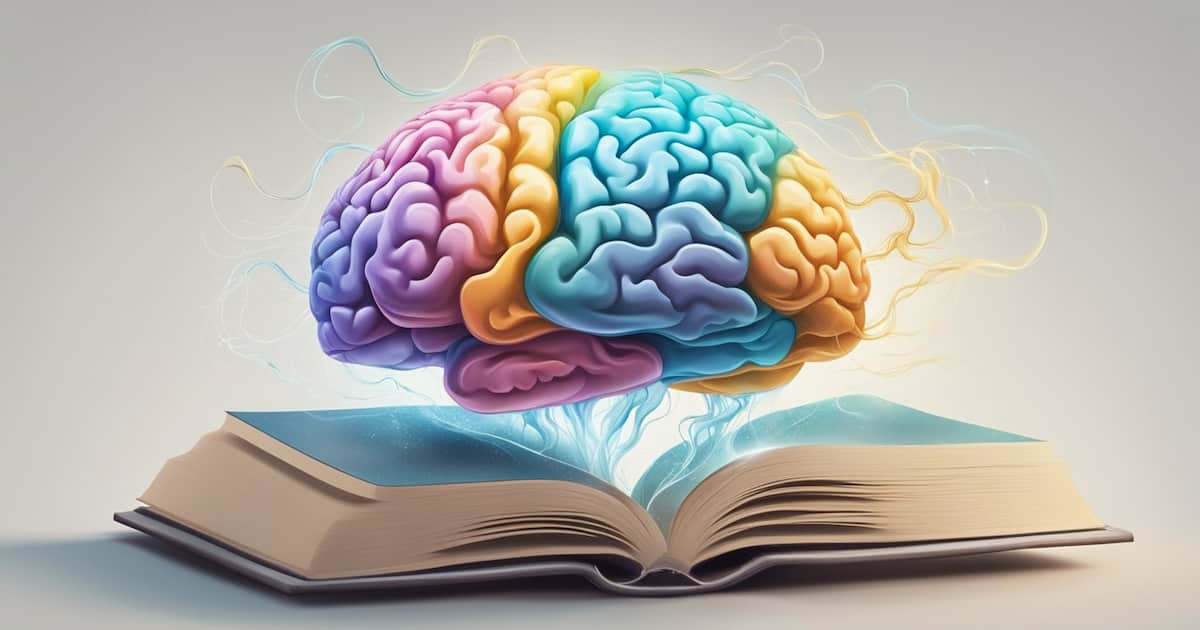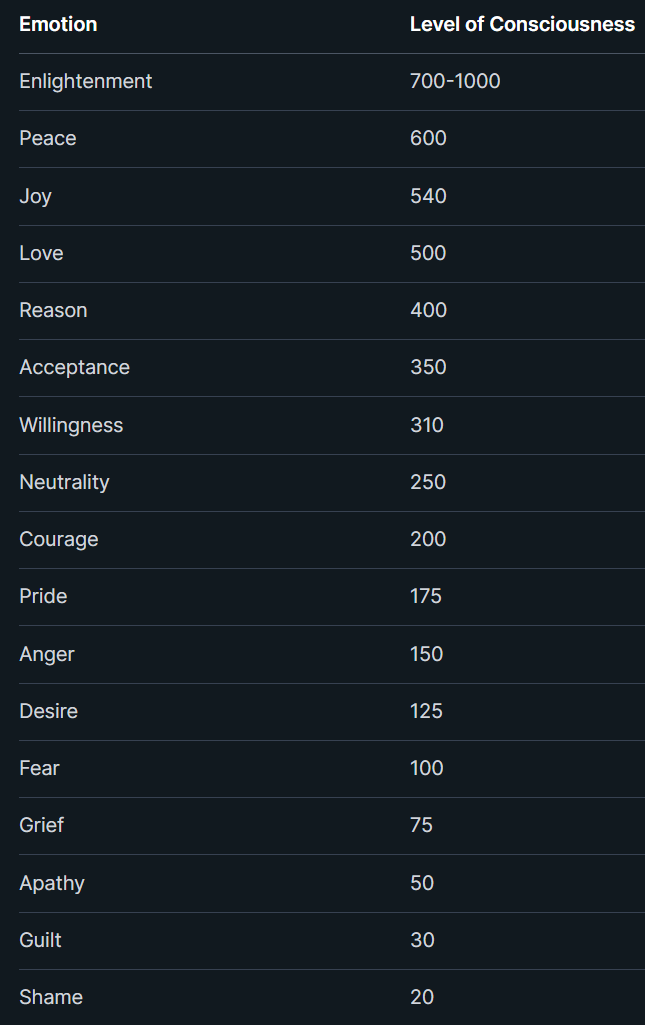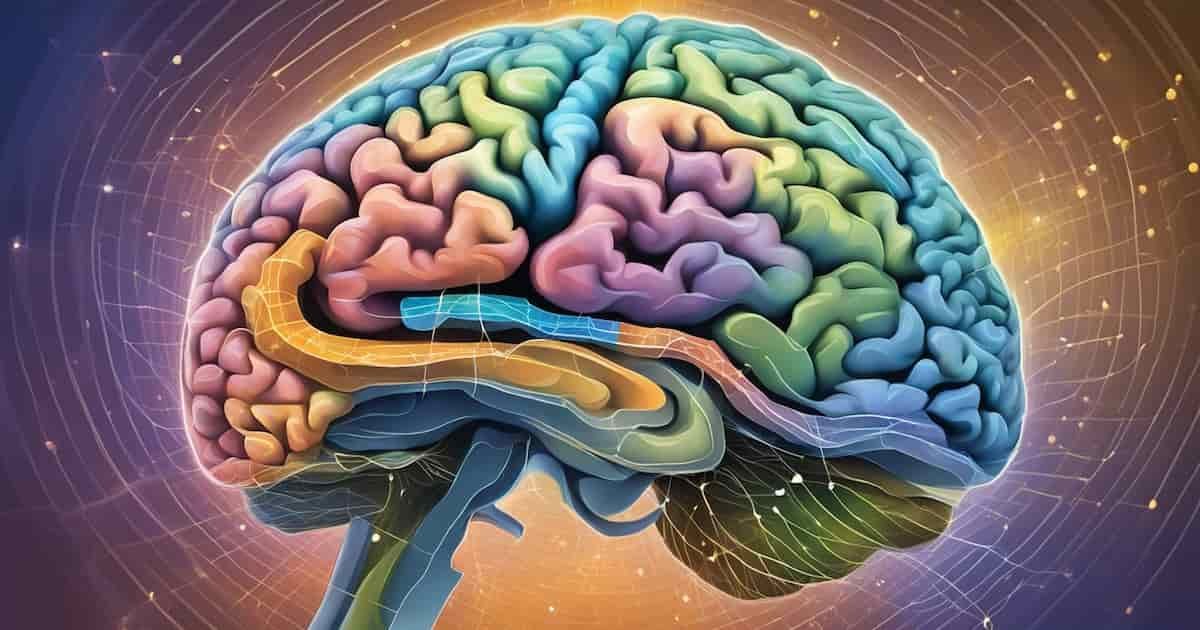
Run Your Brain: Mastering Mental State Shifts with David Hawkins’ Levels of Consciousness
Learning to change your mental state can transform your everyday experiences.
Just like the environment can override our mental state, also can mental state override our goals, desires, and direction in life.
A poor mental state can create physical illnesses if not changed. The power of association is another critical part of how our mental state can be altered.
That means by associating with people who are low on the level of consciousness chart we can be brought down as well.
On the flip side of that coin, if you are strong in the principles you’re about to learn in this article you can turn their poor energy into an elevated mental state, thus helping them create a positive circumstance and reversing possible bad decisions.
By understanding David Hawkins’ Levels of Consciousness, you can actively shift your perception and improve your mindset.
This knowledge helps you recognize where you currently stand and how to elevate your consciousness.
In this article, you will explore practical techniques to change your mental state.
These methods can assist you in overcoming obstacles, enhancing your awareness, and achieving personal growth.
You’ll discover how different consciousness levels affect your daily life, providing you with tools to live more consciously and effectively.
Embrace the idea that your thoughts and feelings can be influenced by your awareness.
By harnessing this understanding, you can create a positive change in nearly every aspect of your life.
Key Takeaways
- Understanding levels of consciousness can help you shift your mental state.
- Techniques are available to improve your awareness and perception.
- Consciousness development can lead to long-term personal growth.
Understanding David Hawkins’ Levels of Consciousness
David Hawkins’ Levels of Consciousness provide a framework to understand different mental states.
This model helps you recognize where you are on the scale and how to shift to higher levels for better well-being.
The Map of Consciousness Explained

The Map of Consciousness is a tool designed by David Hawkins to categorize emotional and spiritual pain.
It uses a scale from 1 to 1000, with each level representing a specific state of awareness.
- Shame (20): The lowest level, characterized by feelings of humiliation.
- Fear (100): This level includes anxiety and insecurity.
- Love (500): A higher state, promoting compassion and joy.
Each higher level corresponds to more positive feelings and thoughts. Recognizing your current position can help you move toward a more positive state.
Core Principles and Theoretical Foundation
Hawkins based his levels on the idea that consciousness can be quantified.
He believed each state has a different energy frequency. Higher frequencies relate to love, peace, and joy. Lower frequencies connect to fear, grief, and despair.
Key principles include:
- The Power of Intention: Your intentions can elevate your consciousness.
- The Role of Awareness: Being aware of your thoughts helps you identify and change your state.
This understanding encourages you to shift toward higher levels and embrace personal growth.
The Role of Perception in Mental States
Perception significantly shapes how you experience your mental state.
It affects how you interpret your surroundings and influences your beliefs and emotions.
Understanding this connection can help you shift your mental states more effectively.
Interpreting Reality Through Various Consciousness Levels
Your level of consciousness affects how you perceive reality.
At lower levels, you may see the world as negative or threatening. This perception can lead to feelings of fear or anger.
As you move up to higher levels of consciousness, your view becomes more positive and expansive. You may start to see opportunities instead of obstacles. This shift can lead to feelings of peace and joy.
Your ability to interpret reality depends on both your emotional state and your awareness.
By increasing your consciousness, you can change your perceptions and improve your mental state.
Influence of Beliefs on Perception and State of Mind
Beliefs play a crucial role in shaping your perceptions.
If you hold negative beliefs, you are likely to interpret situations in a negative way.
For example, if you believe you will fail, you may perceive challenges as impossible.
When you embrace positive beliefs, your perceptions can change dramatically.
You may start to interpret the same situations as chances for growth. This shift can improve your motivation and happiness.
To change your mental state, reflect on your beliefs.
Are they helping you or holding you back? Recognizing and adjusting your beliefs can lead to healthier perceptions and a more positive state of mind.
Techniques to Shift Your Consciousness

You can change your mental state with certain practices. Using specific exercises and focusing your intention can help move you up the levels of consciousness. Here are two effective methods to consider.
Practical Exercises to Move Up the Scale
Engaging in practical exercises can help you elevate your consciousness. Here are a few techniques you can try:
- Meditation: Spend a few minutes each day in meditation. Focus on your breath and allow thoughts to pass without judgment. This can calm your mind and increase awareness.
- Gratitude Journaling: Write down three things you are grateful for each day. This practice shifts your focus from negative to positive aspects of your life.
- Affirmations: Use positive statements about yourself and your life. Saying “I am capable” or “I am worthy” can help reshape your mindset.
These activities encourage a shift in your perspective, leading to a higher level of consciousness.
The Power of Intention and Attention in State Change
Intention and attention are powerful tools for changing your mental state.
Your focus can shape your reality. Here are ways to harness this power:
- Set Clear Intentions: Before starting your day, take a moment to define what you want to achieve. Clear intentions guide your actions.
- Mindfulness: Stay present in each moment. Pay attention to your surroundings and feelings. This practice enhances your connection to the world around you.
- Visualize Positive Outcomes: Imagine yourself achieving your goals. This visualization can motivate you and attract positive experiences.
Using intention and attention effectively can help you shift your consciousness to a higher state.
Applications of Consciousness Levels in Daily Life
Understanding levels of consciousness can help you improve yourself and enhance your relationships.
By recognizing where you stand on this scale, you can make informed choices that lead to better outcomes in daily life.
Enhancing Personal Growth and Self-Awareness
You can use the levels of consciousness to boost your personal growth.
Start by identifying your current mental state. Levels vary from shame and guilt to love and peace.
Starting at a low level can help you set specific goals for growth.
For example, if you feel anger or pride, work towards forgiveness and acceptance.
Journaling can help you reflect on your feelings and actions. Mindfulness exercises can also support you in maintaining a higher state of awareness.
Building self-awareness allows you to catch negative thoughts.
This awareness helps you change your mindset, leading to positive habits over time. You empower yourself to make choices that align with a higher level of consciousness.
Navigating Interpersonal Relationships
Your level of consciousness greatly affects your relationships.
Higher levels can lead to more meaningful connections.
When you embrace love or joy, you attract similar energies from others.
In practice, try to communicate openly and with honesty. Using active listening shows respect for the other person’s thoughts and feelings. This behavior can facilitate a better understanding and connection.
If conflict arises, assess your emotional state.
Are you reacting from a place of fear or anger? Recognizing this can help you respond with compassion.
The ability to navigate emotions allows you to build stronger and healthier relationships.
Overcoming Obstacles in Consciousness Development
You may face various challenges as you work on developing your consciousness.
It is essential to recognize these obstacles and create effective strategies to overcome them.
Dealing with Resistance and Emotional Blocks
Resistance can manifest as doubts or fears while trying to shift mental states.
You may feel anxious or unsure about change. This can create emotional blocks, making it harder to progress.
To overcome resistance, begin by acknowledging your feelings. This awareness can help you understand what holds you back.
Journaling can be a helpful tool. Write down your thoughts and emotions to identify patterns. Recognize and challenge your limiting beliefs.
Practice self-compassion. Understand that everyone faces obstacles, and it’s okay to feel stuck sometimes.
Use mindfulness techniques to stay present and manage stress.
Focus on your breath or meditate to calm your mind. This can help reduce resistance and clear emotional blocks.
Strategies for Sustaining Progress
Once you overcome initial obstacles, you should focus on maintaining your progress.
Consistency is key in your development journey.
Set clear goals to guide your practice.
Break these goals into smaller steps that can be tracked easily. This makes it easier to see your growth over time.
Create a routine. Consistency helps reinforce new mental states.
Dedicate specific times each week for practices like meditation or self-reflection.
Incorporate positive affirmations into your daily life.
These can help shift your mindset and reinforce your commitment to growth.
Finally, connect with a like-minded community.
Engaging with others on similar paths can provide motivation and support. Sharing experiences helps keep you accountable in your journey.
Measuring Progress in Consciousness Levels
Tracking your progress in consciousness levels is essential for personal growth.
You can use various methods to assess your journey and recognize key milestones that indicate advancement.
Methods of Self-Assessment
Self-assessment helps you gauge where you stand on the levels of consciousness scale. Here are some effective ways to measure your progress:
- Journaling: Write regularly about your thoughts, feelings, and experiences. Review your entries over time to see changes.
- Meditation: Practicing meditation enhances awareness. Rate your focus and peace before and after sessions.
- Emotional Check-ins: Take note of your emotional reactions throughout the day. Track how often you feel positive or negative emotions.
Recognizing Milestones and Signs of Advancement
You will notice specific signs as you move up the levels of consciousness. Here are some common milestones to look for:
- Increased Awareness: You become more aware of your thoughts and feelings without judgment.
- Emotional Stability: You experience fewer mood swings and remain calm in difficult situations.
- Positive Relationships: Your connections with others deepen, leading to more meaningful interactions.
These signs indicate that you are progressing in your journey. Celebrate these milestones, as they play a crucial role in your overall development.
Long-Term Implications of Consciousness Evolution
Understanding how your state of consciousness evolves can lead to profound changes in your life. This evolution affects your personal fulfillment and well-being, while also contributing to the collective consciousness of society.
Impact on Personal Fulfillment and Well-being
As you shift your levels of consciousness, you can experience enhanced personal fulfillment. Higher states often lead to increased happiness, compassion, and love. These feelings can improve your mental health and overall life satisfaction.
When you engage in practices that elevate your consciousness, like meditation or self-reflection, you may notice:
- Better emotional regulation: You respond to life’s challenges with greater calmness.
- Stronger relationships: You connect more deeply with others.
- Increased clarity: You make decisions that align with your true self.
Improving your mental state can create a ripple effect in all areas of your life.
Contributions to Collective Consciousness
Your evolution in consciousness also impacts the world around you. As more individuals reach higher levels of awareness, collective consciousness shifts and grows.
This shift promotes:
- Empathy and understanding: Higher awareness fosters compassion for others.
- Collaborative efforts: People work together for the common good.
- Social change: An enlightened society can tackle issues like inequality and injustice more effectively.
The contributions you make through your journey can inspire others. This collective growth helps create a more positive community and a sustainable future for all.
Frequently Asked Questions
These questions cover important aspects of David Hawkins’ Levels of Consciousness. Understanding these concepts can help you navigate your own mental and spiritual journey.
What is the significance of the 500 level on the Hawkins scale of consciousness?
The 500 level on Hawkins’ scale represents a state of love and empowerment. At this level, individuals experience compassion and a sense of connection to others. It marks a significant shift from lower levels of fear or anger to a higher state of emotional and spiritual well-being.
How can one interpret the results of the Hawkins awareness scale test?
To interpret the results of the Hawkins awareness scale test, look at the number associated with your level of consciousness. Higher numbers indicate more positive and empowering states of being. Understanding your score can guide you in choosing practices that elevate your consciousness further.
What are the different states of consciousness outlined by David R. Hawkins?
David R. Hawkins outlines different states of consciousness in a range from shame at the lowest to enlightenment at the highest. Each state reflects a specific emotional or spiritual awareness. Recognizing where you fit on this scale can help you identify areas for personal growth.
Can you explain the 17 levels of consciousness described by David Hawkins?
The 17 levels of consciousness include emotions and states like fear, courage, joy, and peace. Each level builds upon the previous one and offers different insights into human experience. You can progress through these levels by changing your thoughts and actions.
How does David Hawkins’ Map of Consciousness correlate with personal development?
Hawkins’ Map of Consciousness is a tool for personal development. It provides a framework to understand your emotional states and encourages growth. By becoming aware of your current level, you can make conscious choices that promote healing and transformation.
In the context of spirituality, what do the four levels of consciousness represent?
In spirituality, the four levels of consciousness represent different stages of awareness. These stages show a journey from basic survival instincts to higher spiritual insights.
Each level helps you connect more deeply with yourself and the universe, inviting deeper understanding and purpose.
Related content: